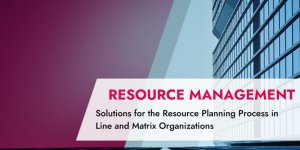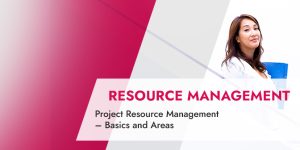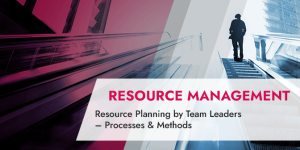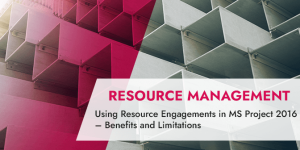
Many companies try to cover the multitude of tasks in the project environment using only their project management tool –…



Many companies try to cover the multitude of tasks in the project environment using only their project management tool –…

Agile resource planning methods can prevent resource conflicts. In times of scarce resources, most companies struggle with resource management. This…

Which resource planning process do you need to ensure that the allocation of resources to projects works efficiently? What requirements…

These days, suitable resources are sadly often scarce in companies. In this environment, capacity planning in project management helps obtain…

The issue of project resource management, aka resource planning, is increasingly gaining importance – and becoming ever more complex. Why…

Resource management is a huge challenge for many companies. Which staff member to use for what project? And when? This…

Many companies are struggling with substantial challenges in project management resource planning. Is yours one of them? Those responsible are…

This article illustrates the fastest way to introduce tactical resource planning at your company. Thus, it goes a step further…

Have you ever wondered how to make a real difference in your resource planning strategy or tools? Personnel resources are…

Do you work in a matrix environment and use MS Project? If so, you will be familiar with this problem.…